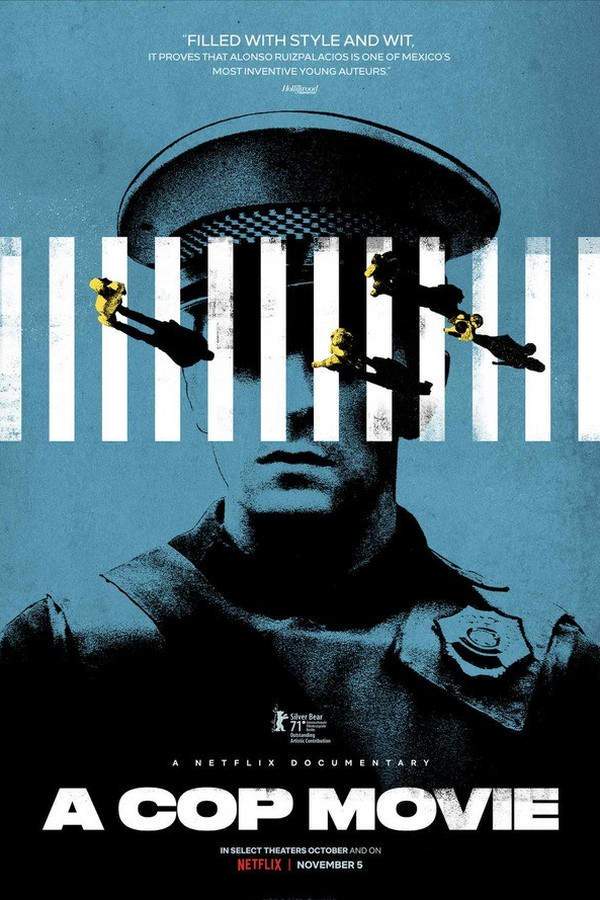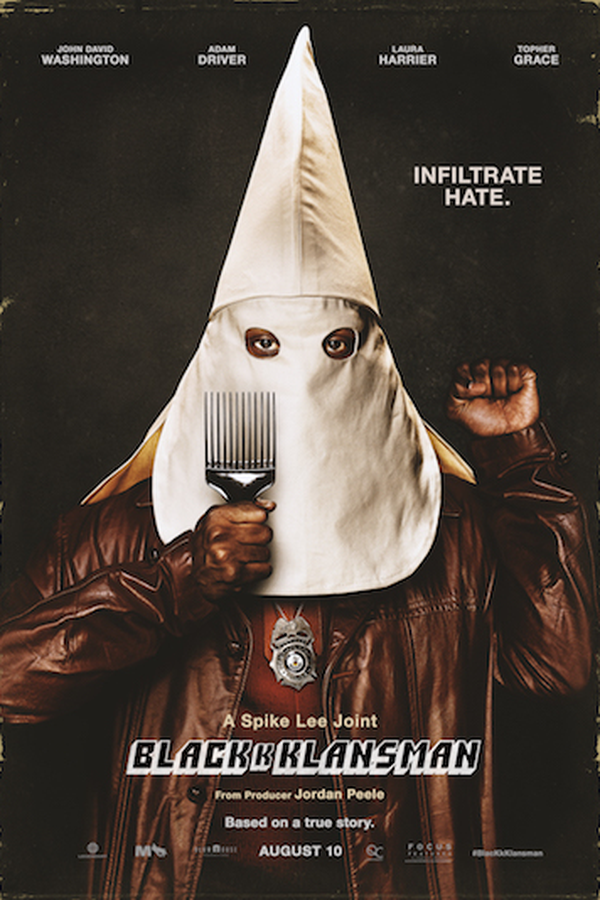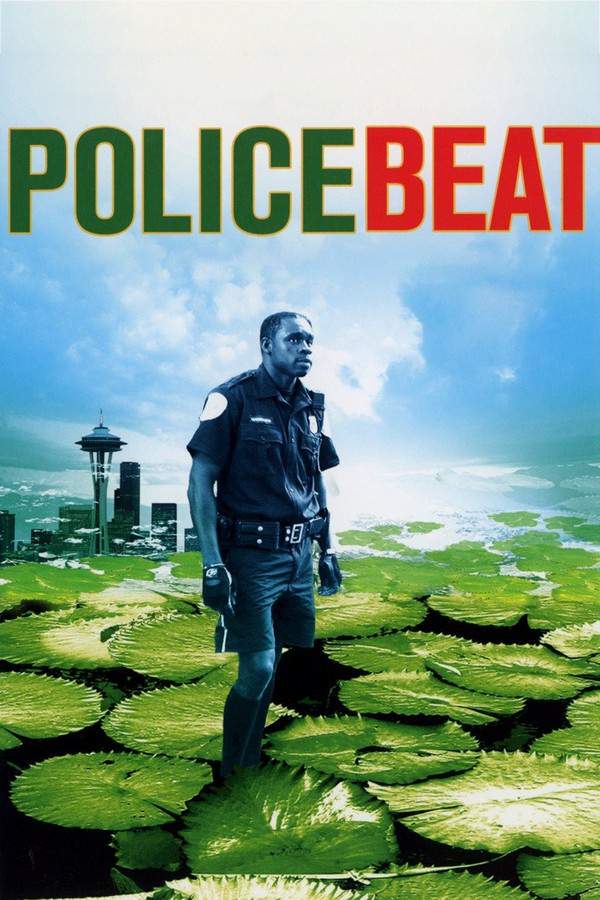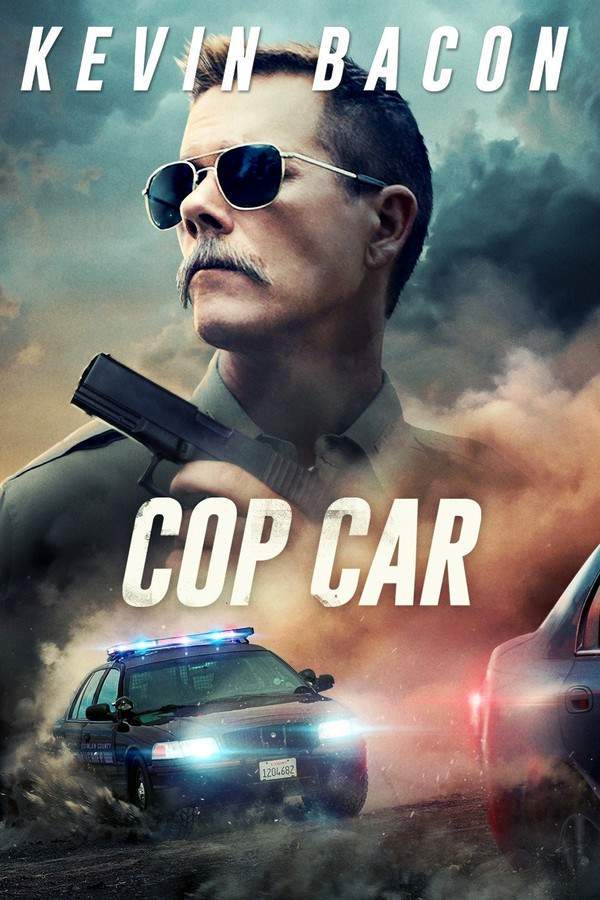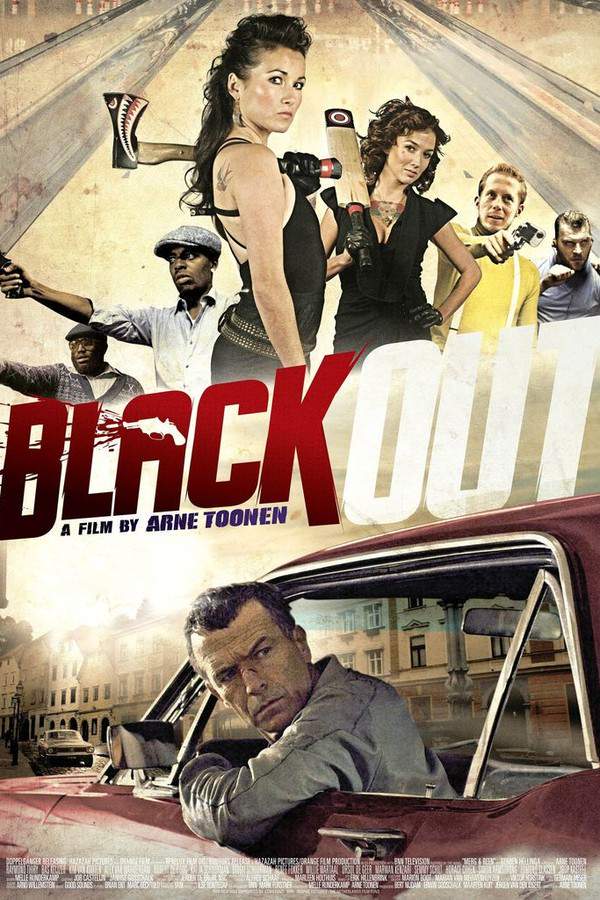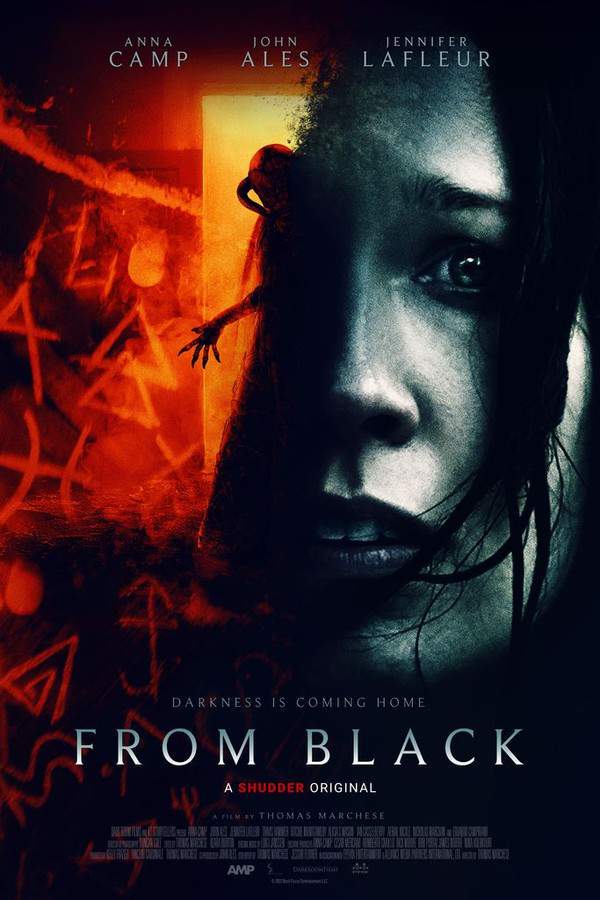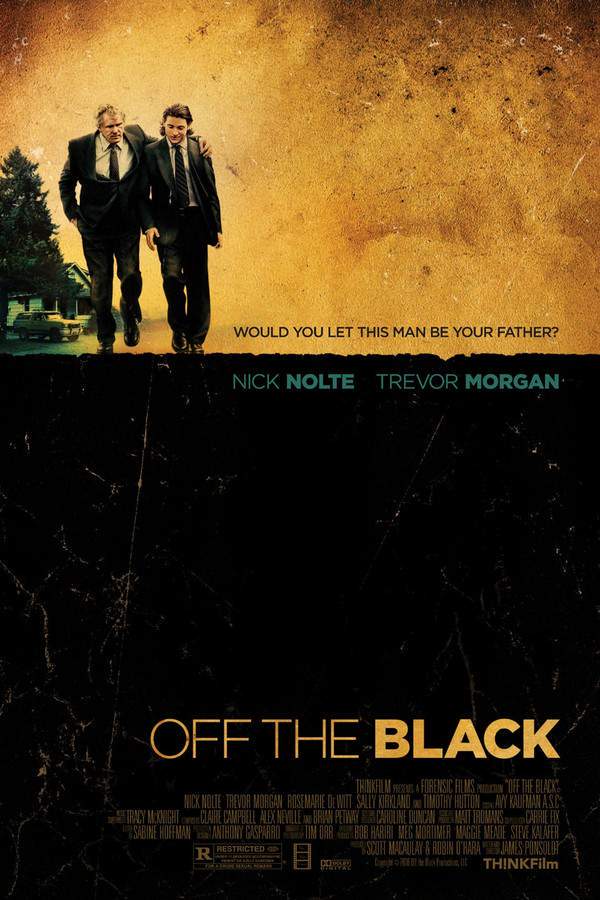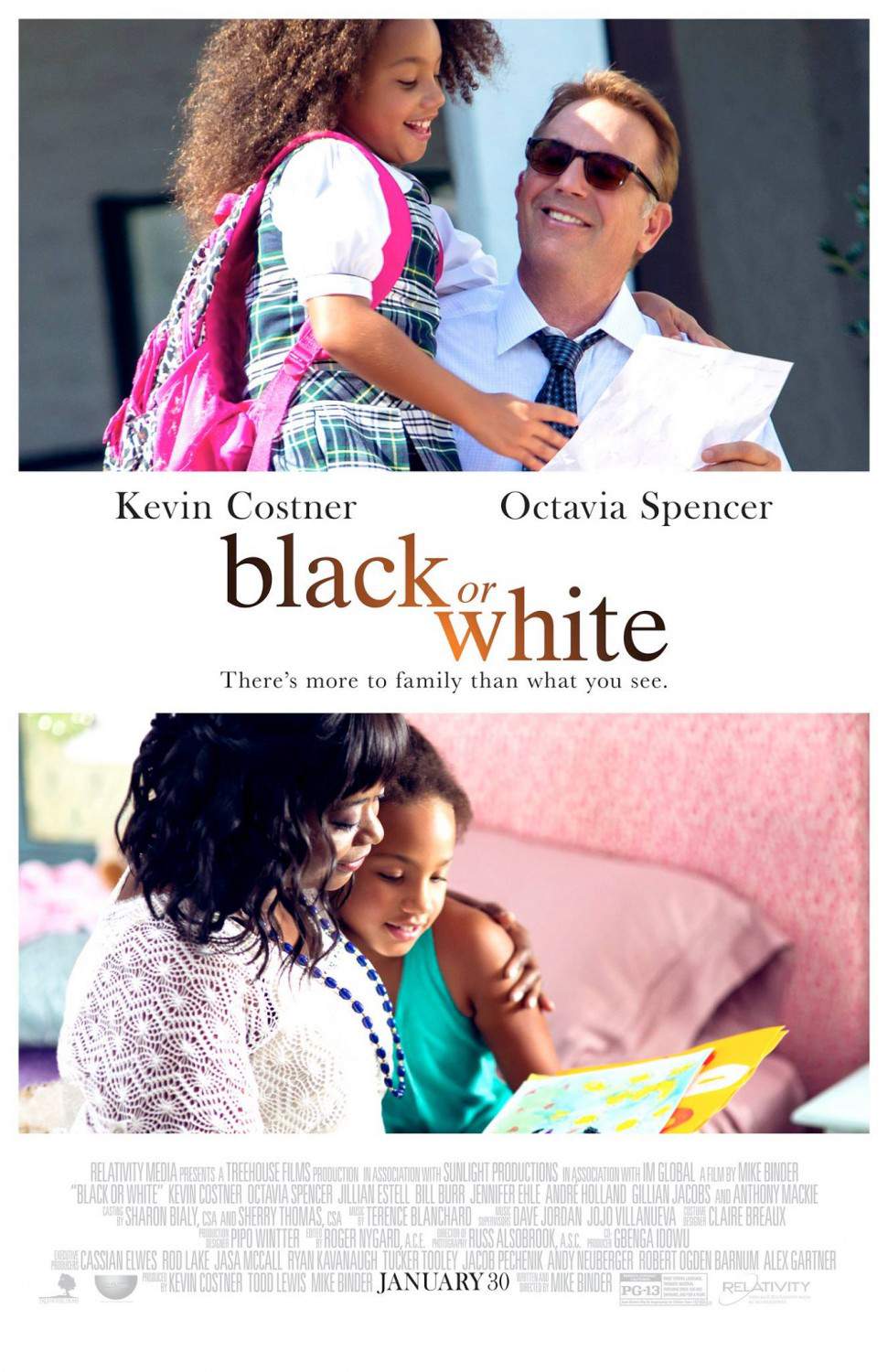Warning: spoilers below!
Haven’t seen Black Cop yet? This summary contains major spoilers. Bookmark the page, watch the movie, and come back for the full breakdown. If you're ready, scroll on and relive the story!
Black Cop (2017) – Full Plot Summary & Ending Explained
Read the complete plot breakdown of Black Cop (2017), including all key story events, major twists, and the ending explained in detail. Discover what really happened—and what it all means.
The film opens with a quiet, reflective monologue spoken by Ronnie Rowe, a Black Canadian cop who recalls his childhood and the way insults still echo in his life as an officer. A little boy once taunted him with a candy‑bar name, and when words failed to stop the hurt, the young Ronnie struck back with a textbook raised like a shield. The narration dwells on how his race isolates him within the badge, a tension sharpened by a father’s warning—his father, Bob Mann, who died before Ronnie earned his badge, told him that if he’s ever stopped by the police he should put his hands up and freeze, a lesson Ronnie admits he never truly followed. This opening thread threads through the rest of the film, setting up a conscience that never fully quiets.
In the present day, Ronnie goes for a jog with his earphones in, and a white officer tries to stop him over a burglary report in the neighborhood. Because the earphones muffle the commands, he fails to hear the order and does not comply, which escalates into aggression on the part of the officer. The encounter ends with Ronnie briefly restrained but released once the other officer discovers he’s a cop. The incident leaves him rattled and increasingly strained at work, and it sparks a disturbing new vision: an imaginary Black boy named Kyle emerges, a haunting reminder of violence tied to police encounters.
One day, Ronnie overhears a police radio broadcast about two Black youths to be arrested on unfamiliar grounds of suspicion. In a decisive, reckless moment, he switches off his GPS and speeds to the scene, where he confronts the situation with abrupt force: he incapacitates the other officer, strips him of the uniform, cuffing him, and dumps him into a dumpster. The act marks a turning point, signaling the extent of his loss of restraint and blurring the line between protection and punishment.
Just a friendly game of Baseball
From here, the story shifts into the second act, where Ronnie’s power trip expands and his behavior becomes increasingly abusive. He targets white civilians with harassment and violence, and the film intercuts with interview‑style monologues in which he frames himself as a victim of racism, stubbornly denying that he has become part of the problem. Within the police department, reports of civilian harassment begin to circulate, and detectives and colleagues search for a rogue cop behind the incidents. The tension tightens as a rookie officer, played by Sophia Walker, known in the narrative as Rookie Cop, starts noticing the pattern. She sees him near the sites of harassment and begins to connect the dots, casting suspicion on Ronnie’s recent erratic behavior and his unexplained departures from crime scenes. The crowd and the city around him become a stage for a broader struggle, with movement figures contributing to the atmosphere: the crowd’s energy is shaped by voices like the Rally Leader Koumbie, the Student Taylor Olson, and the figure of Hoodie Simon Mutabazi, while the Demonstrator Kirsten Olivia Taylor and the ethereal presence of The Host, voiced by Lanette Ware, weave in surreal textures to Ronnie’s escalating inner crisis. The cast expands the human tapestry of the story, including the Driver Ambyr Dunn and other roles that populate the protests and confrontations.
Zombie no go Stop
The final act intensifies as Ronnie’s mental strain fractures his sense of self. He begins talking aloud to an imagined self while alone in his car, and the tension peaks when the Rookie Cop confronts him about the bodycam incident and his attempt to erase evidence from the earlier assault. In a gripping turn, Ronnie defends his actions by clinging to a moral justification, but the pressure proves unsustainable. He ultimately resigns from the police force, giving up his badge, and leaves his patrol car behind as he steps out of the traditional role of law enforcement. The narrative then follows his pivot toward a Black rights movement, marking a vow to reframe his life and channel his energy into a different kind of advocacy, even as the memories of Kyle and the earlier incidents continue to haunt him. The film’s final moments linger on the tension between justice, accountability, and the lure of collective action, leaving the audience to ponder how far a person can drift from their convictions before choosing a new path.
The film’s texture is enhanced by a supporting tableau of characters from the cast, including the White Cop Sebastien Labelle, the Running Man Christian Murray, the Pissed Dad Bob Mann, and the Hard Cop Jeff Schwager, whose brief appearances anchor the world in tangible, lived-in detail. The Driver Ambyr Dunn and the Blipster Emmanuel John populate the more grounded scenes, while the Passenger Matthew McIntyre and the Customer Ira Henderson offer small, human beats that remind us life goes on beyond the central conflict. The film’s ensemble is completed by the Resisting Youth Nathan D. Simmons, the Quiet Youth Devon Taylor, and the Poet Andre Fenton, each adding depth to the movement’s mosaic and the everyday echoes of a city under strain.
Overall, the story tracks a man’s descent and a community’s response, balancing intimate psychological pressure with collective protest. It asks tough questions about power, accountability, and what it means to belong to a city that is at once yours and not yours, offering a stark, thought-provoking meditation on race, policing, and the possibility of redemption.
Last Updated: October 01, 2025 at 13:04
Unlock the Full Story of Black Cop
Don't stop at just watching — explore Black Cop in full detail. From the complete plot summary and scene-by-scene timeline to character breakdowns, thematic analysis, and a deep dive into the ending — every page helps you truly understand what Black Cop is all about. Plus, discover what's next after the movie.
Black Cop Timeline
Track the full timeline of Black Cop with every major event arranged chronologically. Perfect for decoding non-linear storytelling, flashbacks, or parallel narratives with a clear scene-by-scene breakdown.

Characters, Settings & Themes in Black Cop
Discover the characters, locations, and core themes that shape Black Cop. Get insights into symbolic elements, setting significance, and deeper narrative meaning — ideal for thematic analysis and movie breakdowns.

Similar Movies to Black Cop
Discover movies like Black Cop that share similar genres, themes, and storytelling elements. Whether you’re drawn to the atmosphere, character arcs, or plot structure, these curated recommendations will help you explore more films you’ll love.
Explore More About Movie Black Cop
Black Cop (2017) Scene-by-Scene Movie Timeline
Black Cop (2017) Movie Characters, Themes & Settings
Black Cop (2017) Spoiler-Free Summary & Key Flow
Movies Like Black Cop – Similar Titles You’ll Enjoy
Black and Blue (2019) Full Summary & Key Details
Officer Black Belt (2024) Movie Recap & Themes
A Cop Movie (2021) Plot Summary & Ending Explained
Blindfire (2020) Full Movie Breakdown
Black Tide (2018) Movie Recap & Themes
BlacKkKlansman (2018) Film Overview & Timeline
Cop Land (1997) Plot Summary & Ending Explained
Police Beat (2006) Detailed Story Recap
Cop Car (2015) Story Summary & Characters
Copwatch (2017) Story Summary & Characters
Black Out (2014) Ending Explained & Film Insights
From Black (2023) Detailed Story Recap
Off the Black (2006) Complete Plot Breakdown
Black or White (2015) Detailed Story Recap
Wrong Cops (2013) Ending Explained & Film Insights






